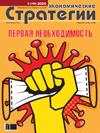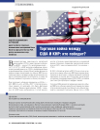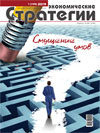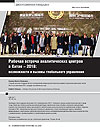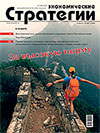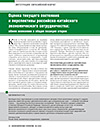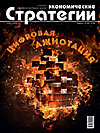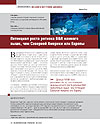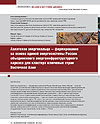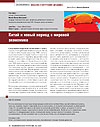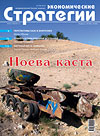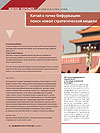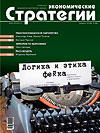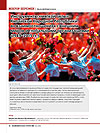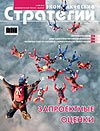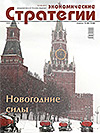
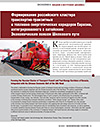
The article is dedicated to forming the Russian cluster of transport-transit and fuel-energy corridors of Eurasia as a Russian counterpart partner project integrated with the Chinese Economic belt of the Silk Road. The authors substantiate the necessity of creating the Eurasian distributed mega-hub, oriented to consolidated management for the use of the transport-transit and fuel-energy infrastructure of Russia and other states-participants of the EAEU, combined with a similar Chinese infrastructure. The technological base of such a project is the infrastructure for production and transportation of fuel, energy, raw materials, food and other resources and for provision of logistics and other services in the structure of infrastructure-transport directions (corridors) “China–Russia–Europe” and “Russia–China–Asia”. It is proposed to change Russia’s business positioning in cooperation with China for its integration as a key operator in the structure of providing transport and transit services and supplying fuel and energy resources in Europe and Asia. On this basis, it is possible to form mechanisms both for coordinating trade of products and resources, as well as agreeing in mutually beneficial interests between Russia and China on various technological, economic, information and other aspects that ensure synchronization of the processes of rendering transport and transit services and energy supply to consumers in different territorial zones of national economies of Europe and Asia.
Продолжить чтение


